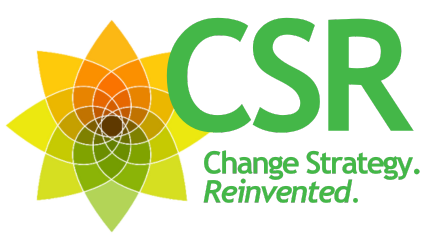
“Help! My boss just asked me to find a facilitator for our board retreat and it’s next week. Are you available?” Yep, this is a real phone call – one that I receive all too often.
As summer gets underway and you still have too many items on your “to do” list, a retreat or off-site may seem like a luxury – or a waste of time – rather than a valuable strategic tool. I used to think like that too, until I learned how to do retreats right.
If you expect more from a retreat than a change of scenery and a decent catered lunch, keep reading and learn how to avoid these five common mistakes in planning your team’s next off-site:
- DIY your facilitation. Even if you’re skilled at facilitation, it’s nearly impossible to facilitate and contribute to the discussion. Leaders as facilitators may unintentionally drive the conversation a certain way, rather than maintain neutrality. In contrast, a professional external facilitator objectively manages every step of the process, helps reduce unproductive conflict, manages interpersonal issues and minimizes office politics. Even better, you get to be a full participant!
- Undervalue facilitation. A good facilitator should be your retreat-planning partner, not just a glorified traffic cop the day of the event. Engage a facilitator in advance to help surface concerns and issues, identify expectations and desired outcomes, and create a shared understanding of success – along with a focused agenda to get you there. Following the retreat, she can summarize key themes and next steps, and structure accountability measures for action.
- Keep the agenda “loose” – it’s a retreat! In reality, busy professionals who agree to spend a day or more away from their desk want to know their time will be well spent. So, while flexibility is key, participants likely will feel frustrated if the day lacks enough structure. Strike the right balance and participants will appreciate the space to explore and dig into big topics, and still walk away with a sense of accomplishment.
- Over-structure or over-stuff the agenda. Only retreat killjoys distribute a multi-page agenda riddled with sub-bullets. Truth is, retreats ideally provide teams a chance to explore issues and ideas in more depth than routine office meetings allow – but not if you try to squeeze in too much. Ask yourself what really needs to be discussed at the retreat, as opposed to topics or announcements for regular staff meetings. Perhaps you need a series of half-day retreats.
- Fail to define clear and meaningful outcomes. As with any in-person meeting, the leader should clarify outcomes – not just the purpose, which unites everyone behind a common cause, but the expected end-of-day results. Examples include “shared understanding of top five obstacles to program success this year” and “agreement on staffing and new team structure.” Expected outcomes for each agenda item help participants understand if the intent is to establish common ground, brainstorm ideas or agree upon a decision.
A retreat doesn’t have to set you back. Done right, it will advance your goals, thinking and results.
Nancy Murphy is an expert facilitator who knows that effective planning and design are keys to a successful retreat. Need help with your retreat? From now through July 3, Nancy is offering a limited number of complimentary 30-minute phone consultations. Click here to book yours now!



